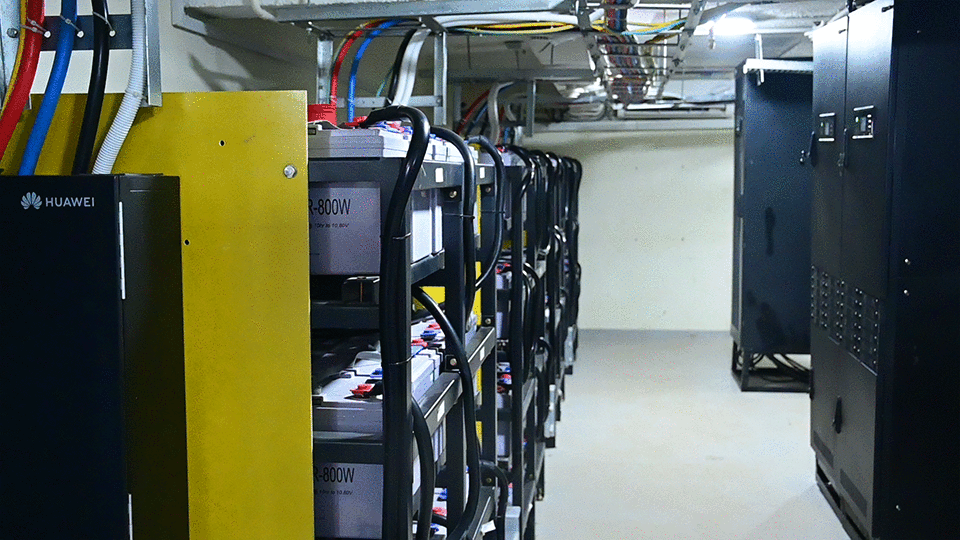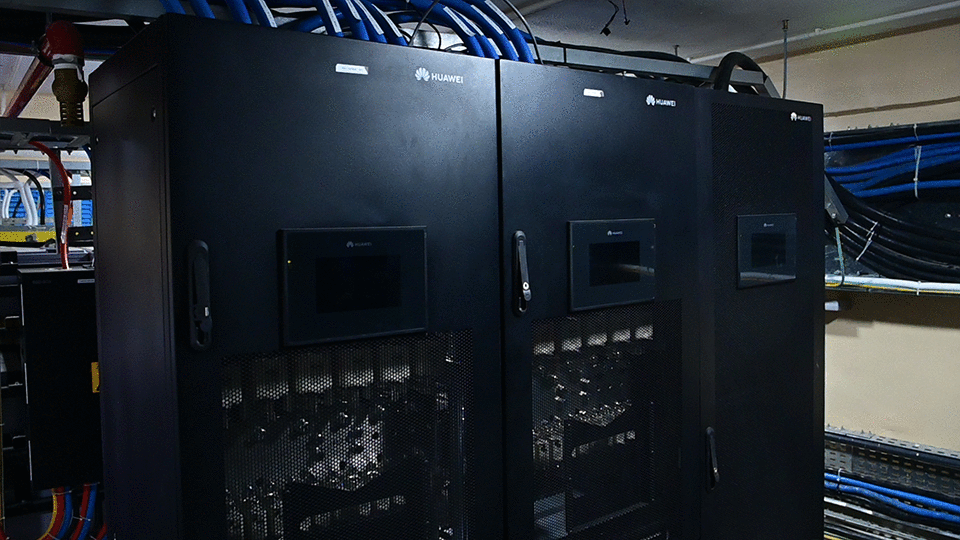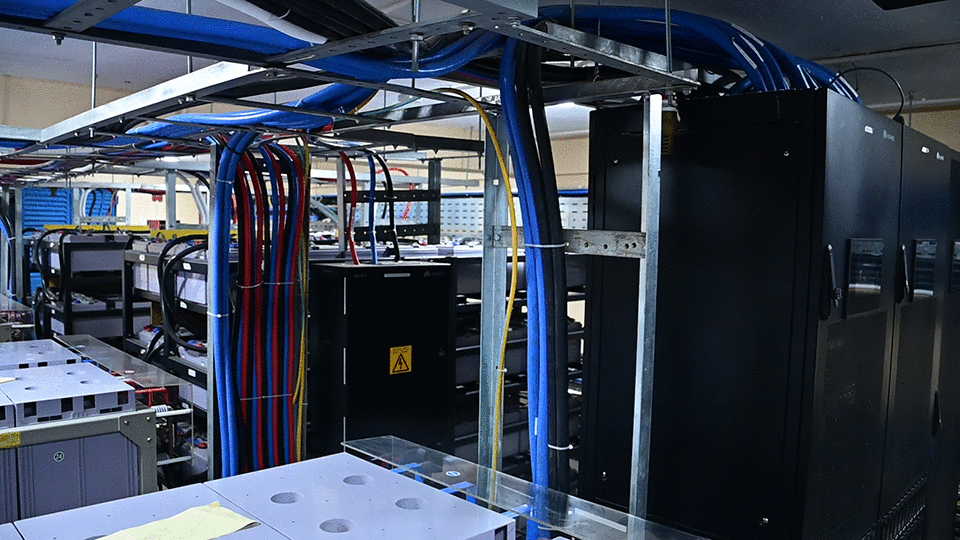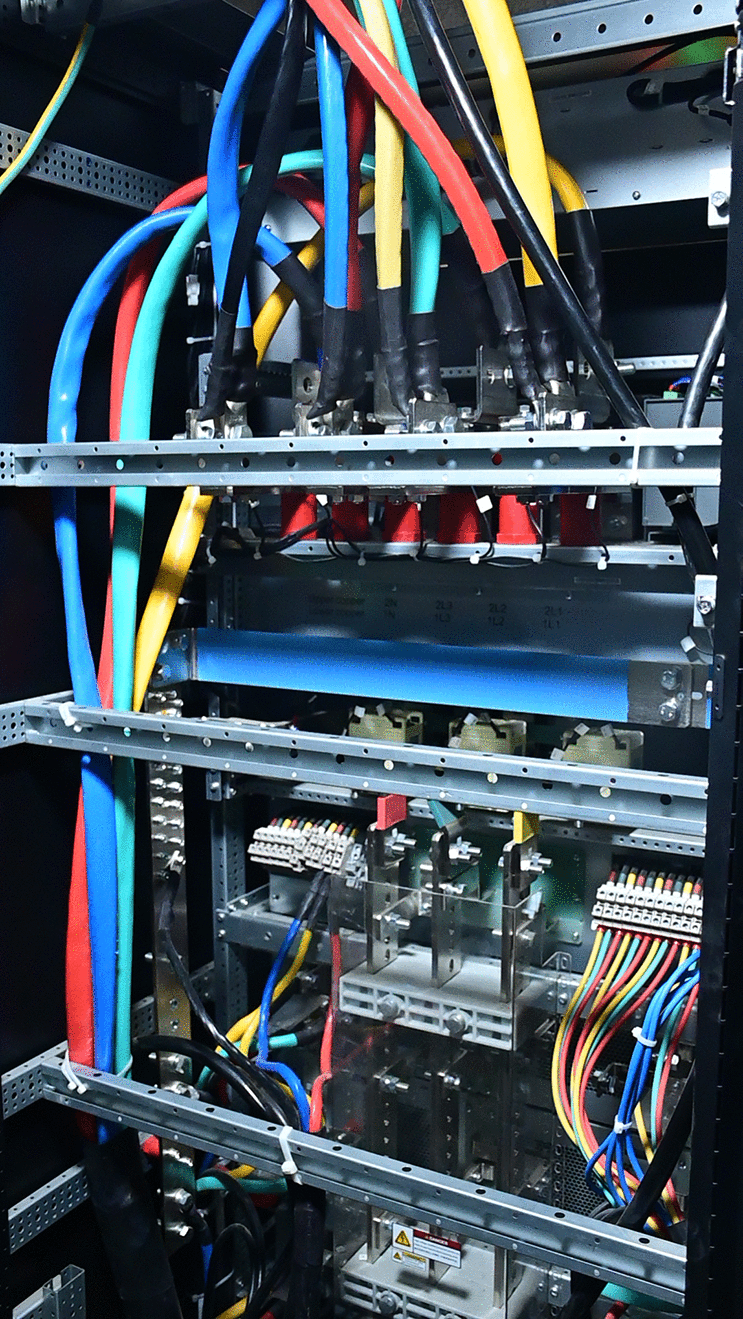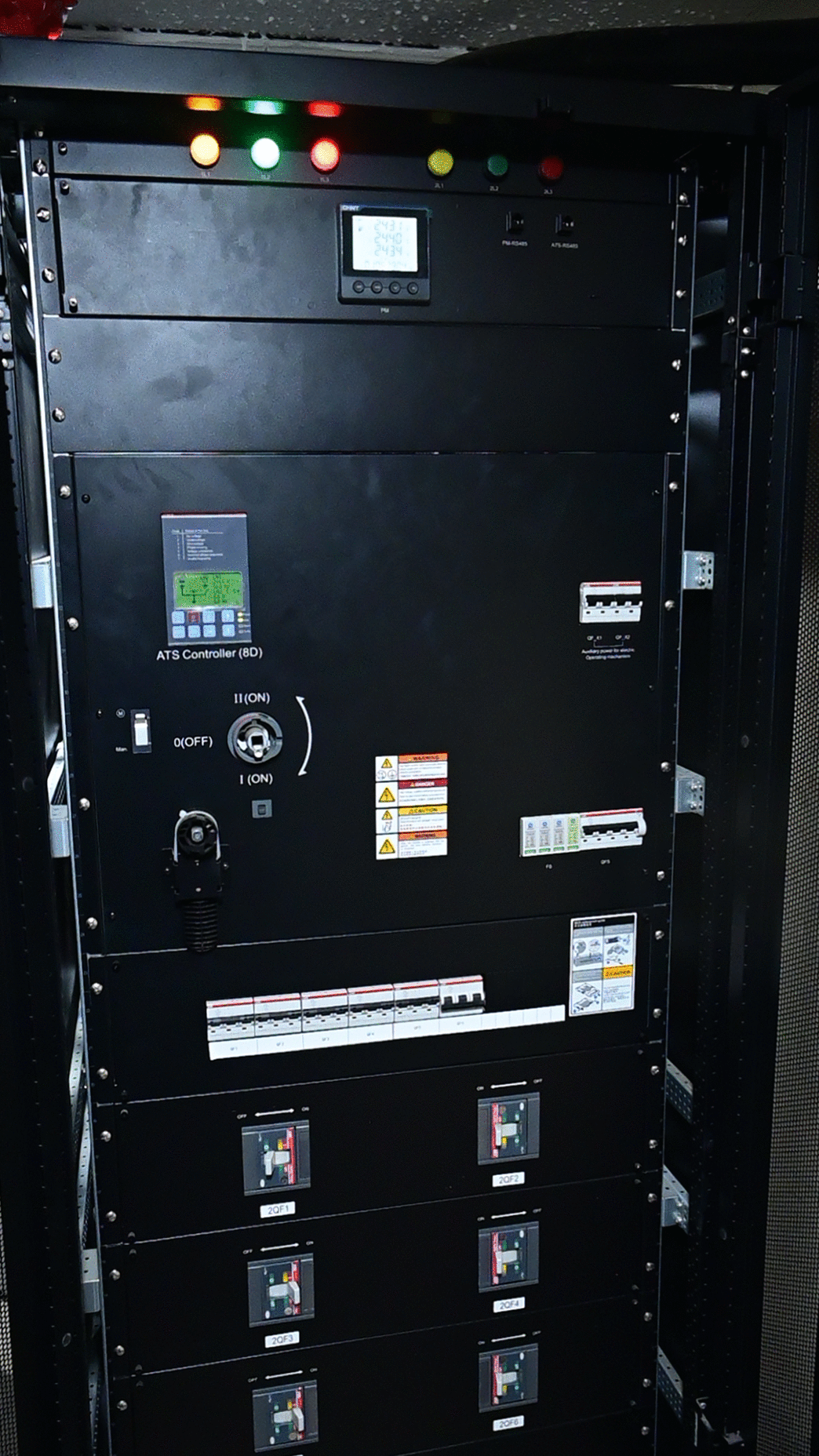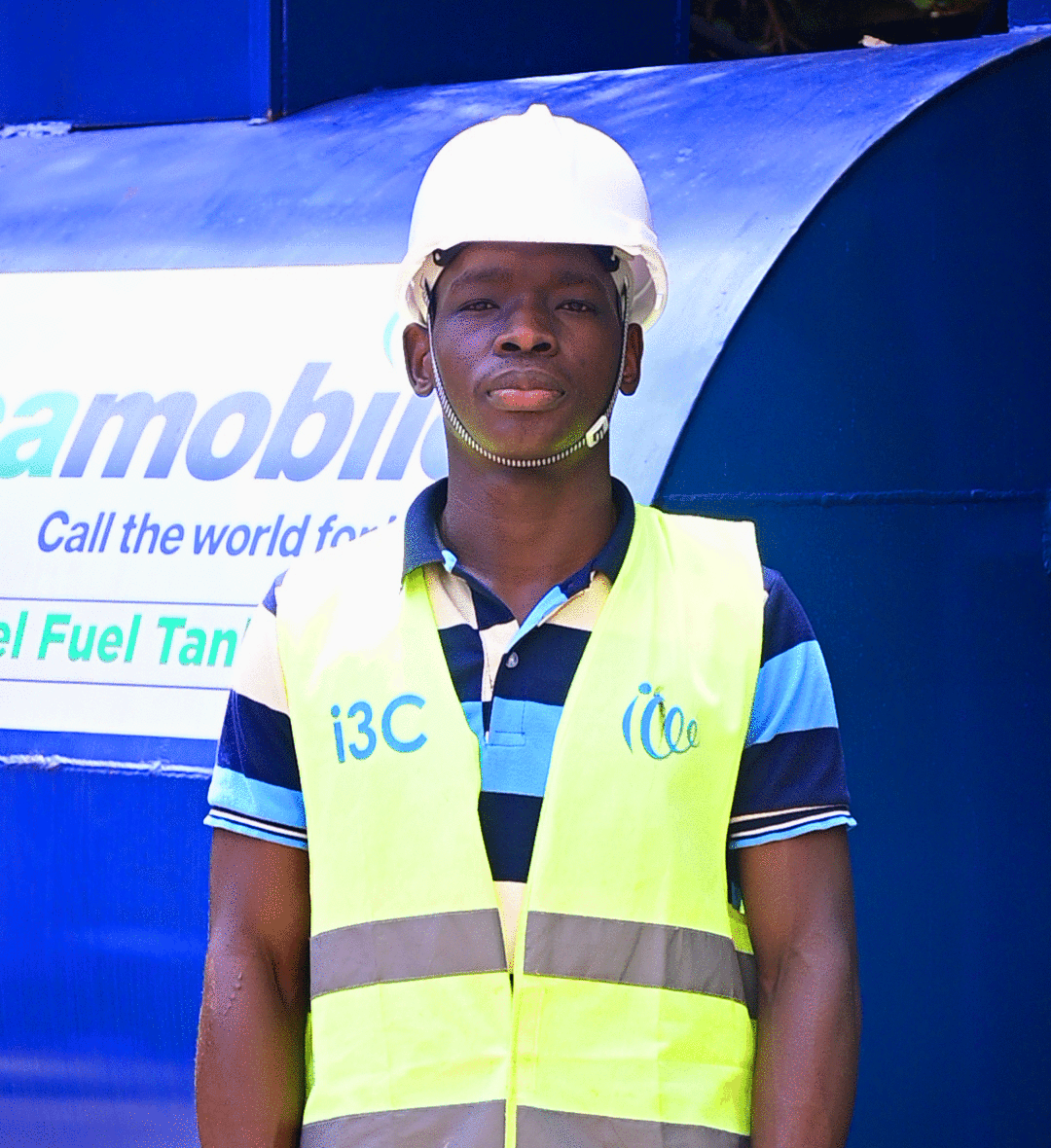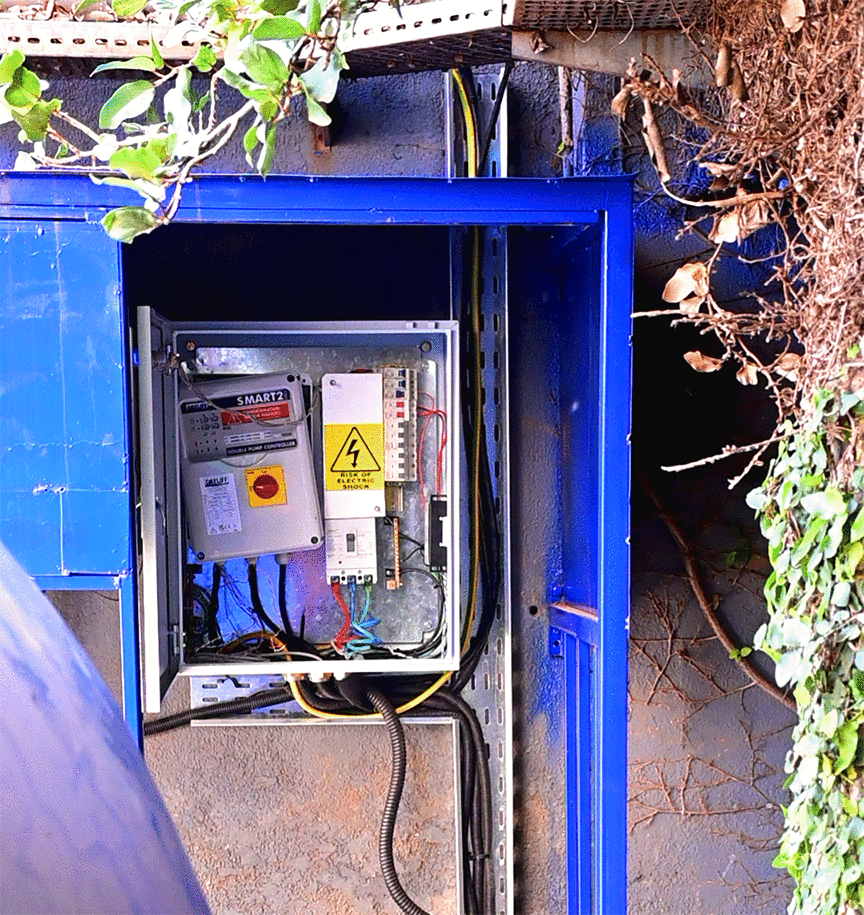Our Projects
Lyca Mobile Project
Lyca mobile upgraded its power due to raising number of Lyca mobile users across Kampala. This required the power to be upgraded from Tier 1 to Tier 3
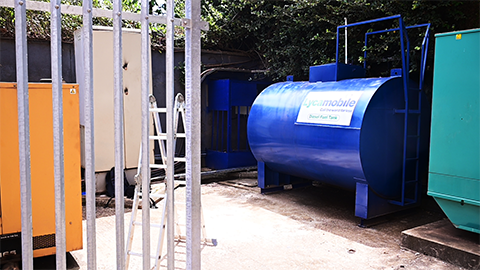
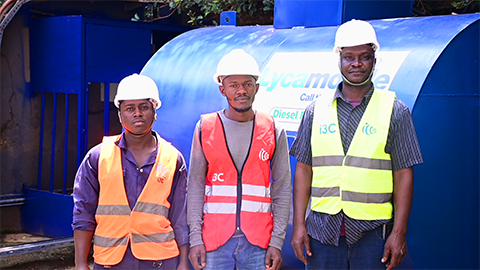
Project: Data Center Power Upgrade.
A combination of energy storage, Electrical Work, Power room installation, and automated self-refueling generator systems with an additional fuel reserve were some of the upgrades i3C added to Lyca Mobile data center.
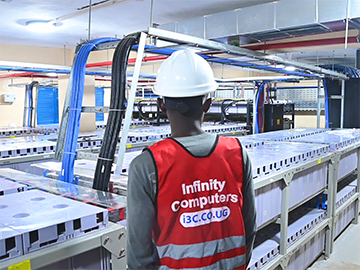
The Power upgrade consists of various items that work hand in hand to ensure that power is stable, reliable, enough and concistant at all time. Below are the SIX main components I3C added to make this a possibility.
Backup Energy Storage:
The system may include energy storage components such as batteries. During periods of regular power supply, excess energy is stored in these batteries..
Sensors and Monitoring:
The system is equipped with sensors and monitoring devices that constantly assess the power levels, grid status, and fuel reserves of the generator.
Power Room Instalations
Installation of other smaller components like Rectifiers, Uninterrupted Power Supply Units, Automatic Voltage regulators, Automatic Transfer Switch panels, Generator Panel etc.
Automated Activation:
When a power outage is detected or predicted, the self-refueling generator system is automatically activated. It begins drawing power from stored energy reserves, such as batteries or capacitors.
Self-Refueling Mechanism:
If the outage persists or the stored energy is depleting, the system employs a self-refueling mechanism. This could involve mechanisms that enable the generator to tap into alternative fuel sources like stored fuel reserves.
Continuous Optimization:
Throughout the outage, the system continuously monitors energy consumption, adjusts the generator's operation based on real-time data, and optimizes fuel usage to extend the runtime until grid power is restored..
Fire Detection & Supression
Lyca Mobile Data Center
Data Centers hold very expensive and delicate machinery that is highly subject to over heating and causing big fires. An effective and reliable fire suppression system has to be put in place to counter the fire when it arises.
The system includes a foam tank with High Expansion form, a proportioner, Piping, Gauges, a form pump, smoke, heat and fire detectors and a pressurized water supply working together as a single unit.
when a fire is detected, pressurized water is mixed with HIGH EXPANSION FORM from the form tank and the mixture is delivered into the data center through the pipes and sprinklers covering the entire room & depriving the fire of oxygen. it takes up to 5 minutes to stop the fire completely.
Before the High Expansion Form is triggered, the fire, heat and smoke detection system triggers an alarm for the Workers to Perform an emergency Evacuation.
- Fast & Very Effective
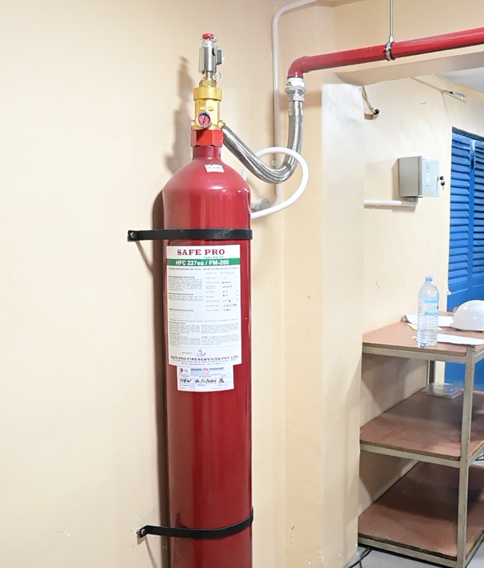
Still Have Questions?
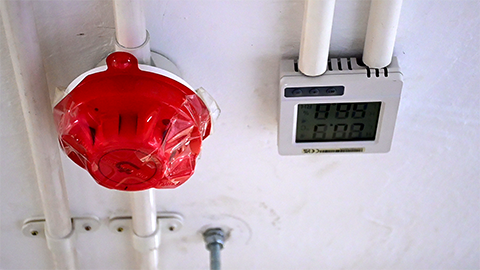
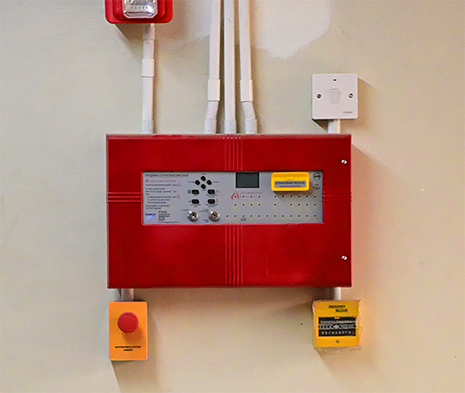
Lyca Mobile Data Center
Heating, Ventilation, Cooling and Air condition.
Data centers have to maintain a constant and optimal temperature at all time in whatever climatic condition. Data centers also produce large amounts of hydrogen which can become harmful to workers over time.
I3C has created a system that allows Lyca Mobile Data center to monitor, regulate and maintain constant temperature, Moisture, Humidity and also counter the issue of hydrogen poisoning by removing it from the air.
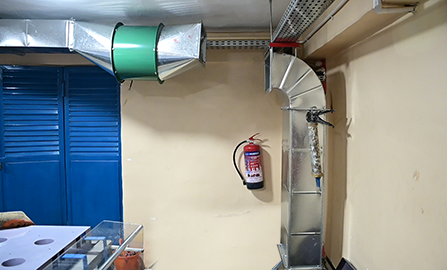
Hydrogen Sensors & Excretion
When the Sensors detect an unhealthy amount of hydrogen in the data center, immediately the system starts to suck it out of the air leaving only oxygen.
Humidity Monitoring
Implementation of humidity sensors throughout the data center was crucial for real-time monitoring. Automated systems can adjust humidity levels based on predefined parameters, ensuring that the environment remains within the acceptable range.
Temperature Monitoring
Lorem ipsum dolor sit amet, consectetur adipiscing elit. Ut elit tellus, luctus nec ullamcorper mattis, pulvinar dapibus leo.
Moisture Monitoring
A relative humidity range of 40-60% for Lyca Mobile data centers has been reached. This range helps prevent both over-drying and excess moisture, minimizing the risk of static electricity discharge and corrosion.

